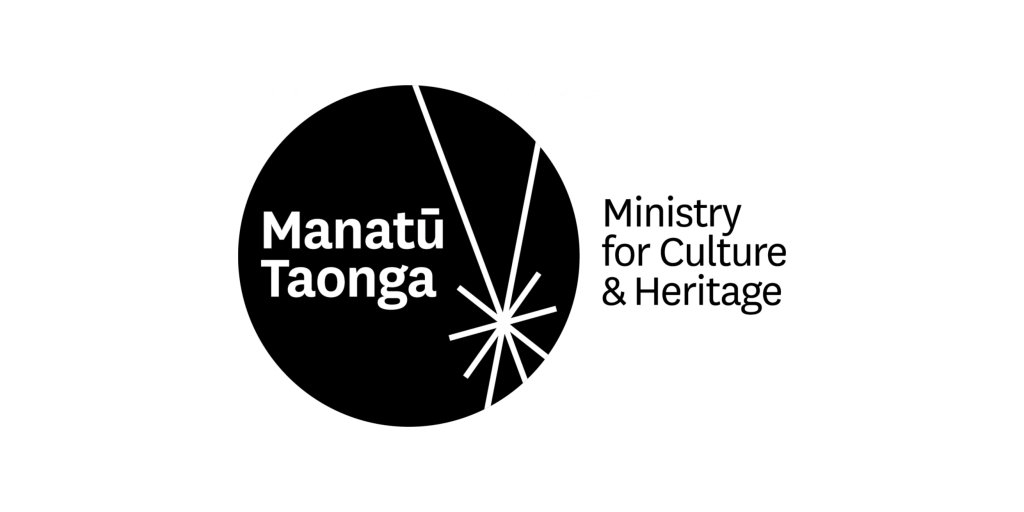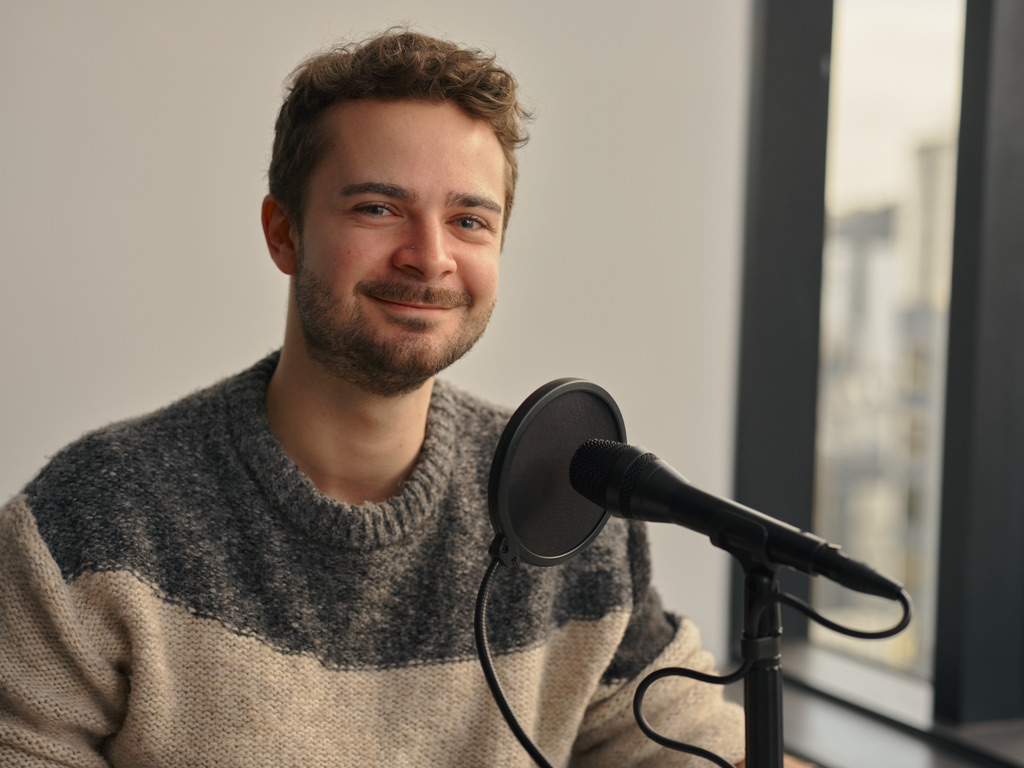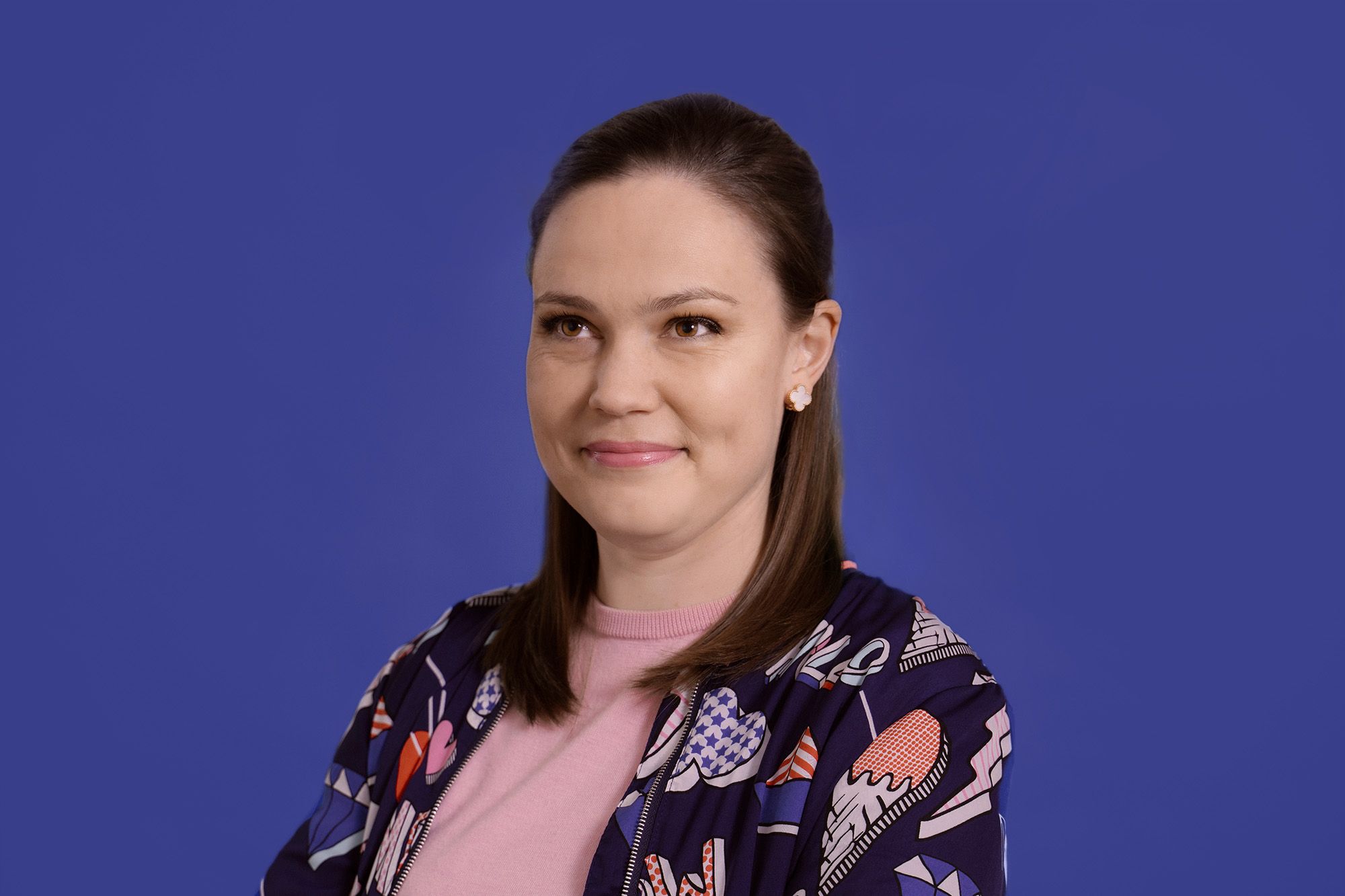Tonight, Monday 14 August, actor and comedian Tom Sainsbury will be providing the audio description for the first episode of Taskmaster NZ Season Four on TVNZ+ to celebrate the launch of Earcatch. Able, a not-for-profit organisation working towards a more inclusive Aotearoa, has partnered with TVNZ+ to launch audio description (AD) app Earcatch, enabling users of audio description to access it on demand. This has been made possible thanks to funding from the Manatū Taonga Ministry for Culture and Heritage via their Cultural Sector Regeneration Fund.

AD provides access to New Zealanders who are blind or who have low vision. An alternate audio track, AD provides a description of what’s happening on screen for the 180,000+ New Zealanders who are blind or have low vision.
Through the international app Earcatch, Able is launching a New Zealand-based library of audio description available for AD users to access and enjoy content on TVNZ+ whenever they want. The Earcatch app provides pre-recorded audio description via smartphone or tablet, and automatically syncs the AD with the soundtrack.
Long-time member of Blind Citizens NZ Thomas Bryan says “For many years now many in the blind community (blind, deafblind, vision-impaired or have low vision and many other communities), have not been able to access AD on TVNZ+, the on-demand TVNZ platform. This has been frustrating to say the least for those of us who depend on AD to know what is happening on screen. Our only option up until now has been if we need AD content has been to watch live TV or pay for a subscription to one of the many providers who do provide a range of content with AD.”
On Monday 14 August, the initial library of audio-described programs will be available for AD users to access via the free Earcatch App, with a total of 1000 episodes being added progressively over the year ahead.
Able CE, Dan Buckingham says: “It’s been an exciting journey to figure out how to make this happen so that the people we serve have a taste of what every other New Zealander has – the ability to watch what they want when they want.”
TVNZ Acting Director of Content, Nevak Rogers said: “We want our audiences to be able to access our content in the ways that suits them best. We’ve been working hard to make TVNZ+ more accessible so it can be enjoyed by all New Zealanders, but until now, we haven’t had the ability to replicate the audio-described service we provide in the broadcast environment in the streaming world. We’re excited to partner with Able on the Earcatch App to open up the accessibility of a huge range of our local titles on TVNZ+. Local storytelling that reflects our people, places and communities connects us and provides a sense of belonging. We know this increased access is going to be valued by our blind and low vision users.”
“While it’s fantastic to be part of launching this initiative we won’t be putting our feet up just yet as we’re still a long way from job done; we see this as a short-term solution while we continue to work with broadcasters as they seek to increase the accessibility of their platforms and the content on their platforms” continues Dan Buckingham.
Thanks to funding from Manatū Taonga Ministry for Culture and Heritage, TVNZ and Able are able to provide AD users with access to content on their own terms and in their own time. It includes AD users in the move towards digital platforms as the primary place to access media.
“We are excited to be able to support this mahi to increase accessibility of free audio-described cultural content for New Zealanders,” says Manatū Taonga acting Deputy Chief Executive, Investment and Outcomes, Kristy Allen.
“Able’s mahi will unlock access to on-demand content, creating an immediate impact for the community. We are privileged to be able to support Able through the Cultural Sector Regeneration Fund and we are confident it will create sustained change for improved content accessibility,” says Kristy.
Research indicates that access services are increasingly important to people when consuming media. The proportion of New Zealanders who use audio description has continued to grow, doubling since 2016, and is now up to 7% (Where Are The Audiences 2021). Notably, the numbers of people using captions and audio description are larger than the numbers of people identified as deaf (18.9%) or blind (3.5%) in Aotearoa. Audio description also benefits people with a variety of access needs, including autism and neurodiversity.
Thomas continues “Most people today will watch a mixture of live TV and on-demand TV, so the introduction of Earcatch is a great initiative by Able to provide an option for us so we too can access programmes with AD on the TVNZ+ platform. We will now be able to watch shows with AD when we want to, just like everyone else.”.
Whilst research around use of captions and audio description on streaming services in Aotearoa is limited due to the limited accessibility of New Zealand platforms, international research indicates that access services are well utilised on streaming services. “Netflix said […] that people had been watching thousands of hours worth of shows such as Ozark, Lucifer, and Seinfeld with audio description turned on.” (FE Tech Bytes, The Financial Express.)
“I have already downloaded the app and can’t wait for it to go live and be able to watch my first TVNZ+ show with AD. This will make a huge difference in how I watch TV. I will be able to watch shows when it suits me, and not be tied to being home at a specific time to watch my favourite show with AD. While we know this option won’t work for everyone as one has to have a smartphone and or tablet, it’s a great move forward while TVNZ builds and introduces an accessible platform that will support AD,” says Thomas.
Earcatch is the next step towards a more inclusive Aotearoa where news, entertainment and culture are more accessible to New Zealanders.
Full instructions of how to use the New Zealand library on Earcatch: link.
Download the Earcatch app for Android
Download the Earcatch app for Apple





